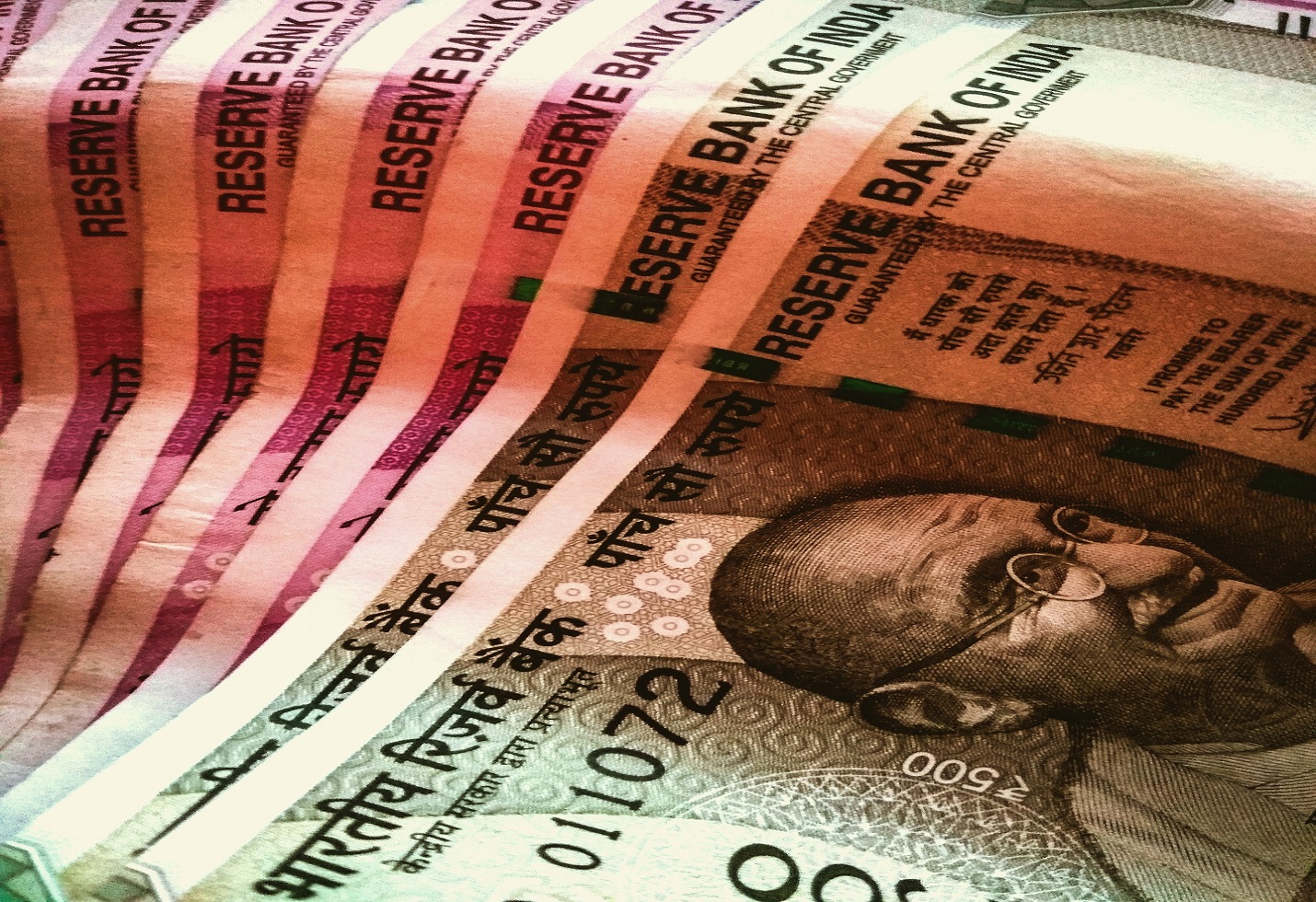LTFH Q2FY25: Strong Retail Loan Growth, NIM Expands, CoF Remains Stable
Company Name: L&T Finance Ltd | NSE Code: LTF| BSE Code: 533519 | 52 Week high/low: 194 / 127 | CMP: INR 167 | Mcap: INR 41,591 Cr | P/BV – 1.71
About the stock
➡️LTFH is leading NBFC cater diversified financial lending prodcut in both rural and urban areas. Its offer consumer loan, 2W loan, home loan, MFI, farm and SME loans. Distribution network remain strong with 13,200+ distribution touch point, pan India presence in 2 lakh villages/100+ citiesand cover 18 states in India.
Reatil book shine up (28% YoY) led by 2W, HLand MFI segment
➡️LTF retail loan book has been contributing 95%> of overall loan book, company achieveing its FY2026 lakshya goal. Retail book grew 28% YoY (+5% QoQ) to 88,975 Cr driven by 2W, HL and MFI segment. 2W book contribute 14% of retail book, growing 33% YoY and MFL contribute 30% of retail book, growing 22% YoY and Home loan contribute 20% of retail book, growing 39% YoY in Q2FY25.
The total book increased by 22% YoY (+5% QoQ) to 93,015 Cr led bt strong growth in retail book.
➡️Whole sale book report 56% YoY growth but its weight has been reduce to only 4% in overall loan book in Q2FY25.
➡️Retail disbursement grew 12% YoY (+2% QoQ) to 15,092 Cr led by 2W and home loan segment. While MFL shake the disburesement growth down by 5% YoY and its contribute 35% of retail disbursement.
➡️Company’s borrowing lagging in line with credit growth. Borrowing grew half of loan book growth at 11% YoY to 84,912 Cr during the quarter.
| Key metrics | Q2FY25 | Q2FY24 | YoY (bps) | Q1FY25 | QoQ (bps) |
| Yield | 15.38 | 15.23 | 15 | 15.54 | -16 |
| CoF | 7.8 | 7.79 | 1 | 7.85 | -5 |
| NIMs | 8.94 | 8.62 | 32 | 9.31 | -37 |
| Credit Cost | 2.59 | 2.58 | 1 | 2.37 | 22 |
| ROA | 2.6 | 2.42 | 18 | 2.68 | -8 |
| ROE | 11.65 | 10.81 | 84 | 11.58 | 7 |
| PCR | 71 | 76 | -500 | 75 | -400 |
| CAR | 22.16 | 25 | -284 | 22 | 16 |
NII grew on book growth, yield expansion and stable CoF
➡️Interest income grew 15% YoY (+6% QoQ) to 3,654 Cr driven by robust retail book growth and expansion in yield by 15 bps YoY. NII increased 18% YoY (+4% QoQ) to 2,178 Cr attributed to NIMs expansion by 32 bps YoY and stable CoF at 7.8%. PPOP grew robust at 25% YoY (+14% QoQ) to 1,490 Cr thanks to higher other income and stable other OpEx. Profitability comes in line with topline, grew 17% YoY (+2% QoQ) to 697 Cr due to higher provision expense (up 40% YoY).
All figures are in Cr.
| Years | Q2FY25 | Q2FY24 | YoY (%) | Q1FY25 | QoQ (%) | Commentry |
| Interest income | 3,654.41 | 3,168.54 | 15% | 3,452.62 | 6% | Driven by book growth and yield expansion |
| Interest expenses | 1,476.28 | 1,324.91 | 11% | 1,351.41 | 9% | |
| NII | 2,178.13 | 1,843.63 | 18% | 2,101.21 | 4% | led by stable CoF and Nims jump by 32 bps YoY |
| Other income | 369.61 | 313.53 | 18% | 331.99 | 11% | |
| Total Net income | 2,547.74 | 2,157.16 | 18% | 2,433.20 | 5% | |
| Employee expenses | 548.78 | 448.62 | 22% | 519.34 | 6% | |
| Other OpEx | 508.88 | 515 | -1% | 601.41 | -15% | |
| Total Opex | 1057.66 | 963.62 | 10% | 1120.75 | -6% | |
| PPOP | 1,490.08 | 1,193.54 | 25% | 1,312.45 | 14% | Grew by other income and stable other Opex |
| Provision | 550.51 | 396.15 | 39% | 390.18 | 41% | |
| PBT | 939.57 | 797.39 | 18% | 922.27 | 2% | |
| Tax expenses | 242.89 | 203.17 | 20% | 237.02 | 2% | |
| Tax rate | 26% | 25% | 1% | 26% | 1% | |
| PAT | 696.68 | 594.22 | 17% | 685.25 | 2% | Kick in opEx efficiency offset by higher provision, PAT grew in line with NII |
| PAT% | 17% | 17% | 1% | 18% | -4% | |
| EPS | 2.79 | 2.39 | 17% | 2.75 | 2% | |
| No. of equity shares | 249.26 | 248.3 | 0% | 248.98 | 0% |
Asset quality dissapoint on QoQ basis
➡️LTF asset quality has maintain on YoY basis but decline sequentailly. GNPA down 8 bps YoY but jump 5 bps QoQ to 3.19% while NNPA dissapoint YoY as well as sequentially by 14 bps/17 bps to 0.96%. Its normal effect due to the lower base on last quarter while NNPA below the management target of 1% till FY26.
| Asset Quality | Q2FY25 | Q2FY24 | YoY (bps) | Q1FY25 | QoQ (bps) |
| GNPA | 3.19 | 3.27 | -8.00 | 3.14 | 5 |
| NNPA | 0.96 | 0.82 | 14.00 | 0.79 | 17 |
Valuation and key metrics
➡️Currently the stock is trading at multiple of 1.71 Price to book value. Yield on loan jump 15 bps to 15.38% while CoF remain stable at 7.8% YoY. This result in expansion in NIMs by 32 bps to 8.94% as of Q2FY25. credit cost remain stable at 2.59% YoY while increased by 22 bps QoQ.
The image added is for representation purposes only










